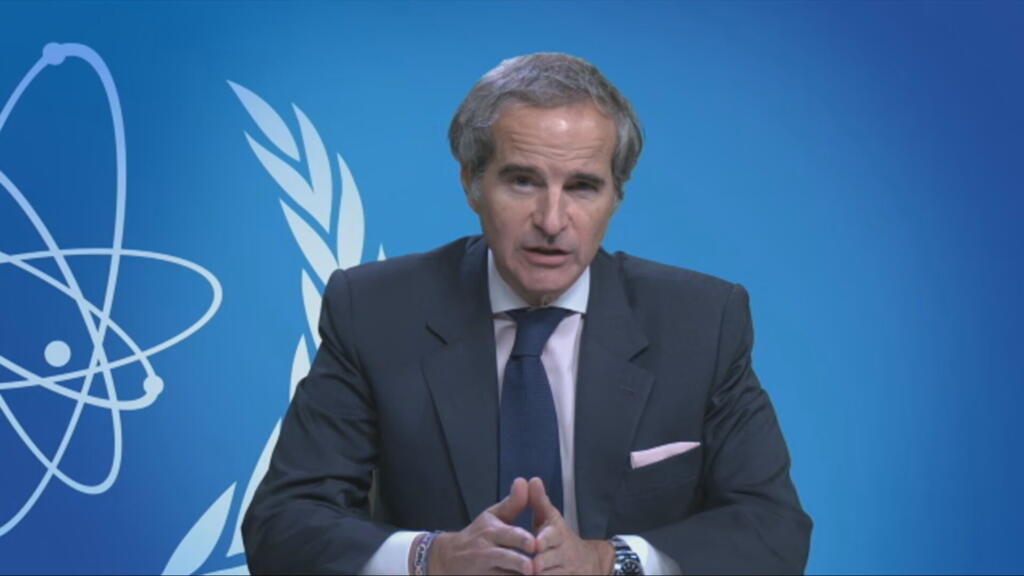Europe’s electric vehicle (EV) market is concluded in 2025, marking a strong recovery. According to the European Automobile Manufacturers Association, from January to April, more than 2.2 million electrified vehicles were registered in the European Union, Switzerland, Norway and Iceland.
The figure reflects a 20% increase compared to the same period in 2024, incorporating battery-electric vehicles (BEVs), hybrid-electric vehicles (HEVs) and plug-in hybrid electric vehicles (PEEV). Changes in zero emission driving.
The United Kingdom reflected the trend to climb 22.8% to 486.561 units from January to April with registration, BEV, HEV and PEEV registration. The net electric model led the charge, with the sales more than one third.
Relief for troubled auto sector
This rebound provides relief for Europe’s motor vehicle industry, which is struggling with rising production costs, fiery competition from Chinese EV manufacturers and carbon emissions of the European Union. The region now face new challenges, including potential tarrafs on cars exported to the United States as theater by US President Donald Trump.
In 2024, EV registration fell throughout Europe, especially in major markets such as Germany and France, although Hybrid promoted the trend with an increase of about 30% year-on-year. The recession stems from several factors.
Germany, Europe’s largest car market, suddenly abolished EV subsidy in 2023 due to lack of budget, making a condition that the fall in vehicle prices would maintain demand. However, the loss of incentive from € 3.375 ($ 3.854) to € 9,000, due to a 27.4% decline in BEV registration from € 3.375 ($ 3.854) based on cost-determination price-sensitive consumers.
France faced a comprehensive auto market, operated by economic uncertainty and strict EV subsidy eligibility rules. This affected EV sales and caused a sharp decline in petrol and diesel vehicle delivery, reducing industry problems.
Fleet sales help drive increase
This recovery was estimated to be enthusiastically for EVS, fuel and charging infrastructure from advances in the battery range was expanded. While the thesis factors contributed, the auto analyst primary driver needs automekers for the European Union mandate on 1 January, with a reduction of 15% in fleet CO2 emissions from 2021 levels.
This regulation lane allows car manufacturers to avoid booklet EU fine, especially in Germany, especially in Germany.
“To avoid fine for excessive emissions [on sales of petrol and diesel models]Vehicle manufacturers were told that sales increased EVSThrough price exemption or more cost -effective model, ” Sandra Vappelhorust, Berlin -based Research lead International Council on Clean Transportation Europe, told DW.
In recent months, German vehicle manufacturers such as Woakeswagen have deals with attractive leases and have launched new EV models, which encourage companies to accelerate fleet electrification. In France, corporate buyers are a significant force behind the rebound for the sale of about two-thirds of cars in Germany than just 20%.
Constantine Gall, on analyst Counseling firm eye, It was highlighted that the price difference between internal combination engine vehicles and EVS is “quite narrow.” He said that the automakers “are offering the terms of highly competitive financing and leasing for electric vehicles,” to further adopt corporates across Europe.
Automkers push for flexibility on emissions
To tolerate the cost of not meeting the goals of emissions with the automekers, they hard -cut the subject in Brussels. Last month, the European Council, the European Union’s political authority approved the reduction of annual goals for the next three years to reduce the possible fine.
Vappalhorst on Rollback is disappointed, arguing that the regulatory pressure has proved effective in helping EV adoption. He said that the current rebound in the EV registration reflects a uniform emission time limit during the COVID -19 epidemic that increases sales. He warned that three years of relief now “slows down the speed as to slow the EV infection.”
EV infection remains patch throughout Europe, Norway and Denmark have surpassed roads and other Western European countries. Registration Bulgaria, Croatia, Poland and Slovakia, however, are below 5%.
“Even in the thesis lower share countries, the new BEV registration has increased significantly,” Vappalharst said, seeing how Poland recently saw more than 40% of the growth rate. ,This pattern reduces positive speed in European markets, including infection In its early stages,
Consumers doubt about EVS
Public enthusiasm for EVS, meanwhile, policy makers do not like. Last year, an Electric vehicles had an interest of 43% compared to 2021 in an ElixParters survey, in which hybrid was favored as a practical option due to low charging concerns.
Similarly, a Bloomberg Intelligence Survey conducted last month revealed that only 16% of European car buyers preferred BEVs, while 49% supported Hybrid.
Thus charging the infrastructure is a significant obstacle. However, Europe crossed 1 million public charging points in 2025, by 2030 Gridx Energy Research Projects for 8.8 million. To meet this target, establishments must accelerate around 5,000 new chargers per week, said Gridx said.
Can Tesla staging a turnaround?
For the rest of the 2025, Tesla’s fate will remain in meditation after selling 39% across Europe from January to April after its sales. The fall has partially stems from a backlash against the controversial support of CEO Alone Musk for Germany, especially for Germany, before the federal election in February. His support gave rise to allegations of political intervention and caused the vandalism of Tesla properties and vehicles.
Musk’s deep political participation, including his role as Trump’s leading advisor, has erased Tesla’s brand appeal more, in which some owners have removed subjects from the world’s richest man. His decision to withdraw from political duties last week leaves uncertainty about whether Tesla may reverse his sales slide.
Chinese brands see strong growth
While Tesla stumbles, Chinar’s automakers acquired land, thanks to heavy state subsidies that are reducing European and Japanese rivals. According to Bloomberg, China’s market share in Europe exceeds 5% for the first quarter of 2025, with the aim of curbing the EU’s influx of low -cost Chinese EV. Jato Dynamics reported 546% year-on-year jump in Chinese plug-in hybrid registration.
After aggressive marketing, the Chinese brand byd defeated Tesla in European sales for the first time in April, recorded 7.231 vehicles compared to Tesla’s 7.165, compared to 169% from April 2024 to 169%, according to Jeto Dynamics.
This change underlines the rapidly changing dynamics of the European auto market, now China has cut on the technology front. Despite this, last month’s Bloomberg Intelligence Survey found that support for domestic brands was strong in the five largest markets in Europe, with more than two-thirds reactions saying that they were hesitant to buy Chinese cars.
Edited by: Uwe Hessler
Editor’s note: The story was first published on 11 June 2025 and updated on 12 June with the details of the latest Bloomberg Intelligence Survey.


